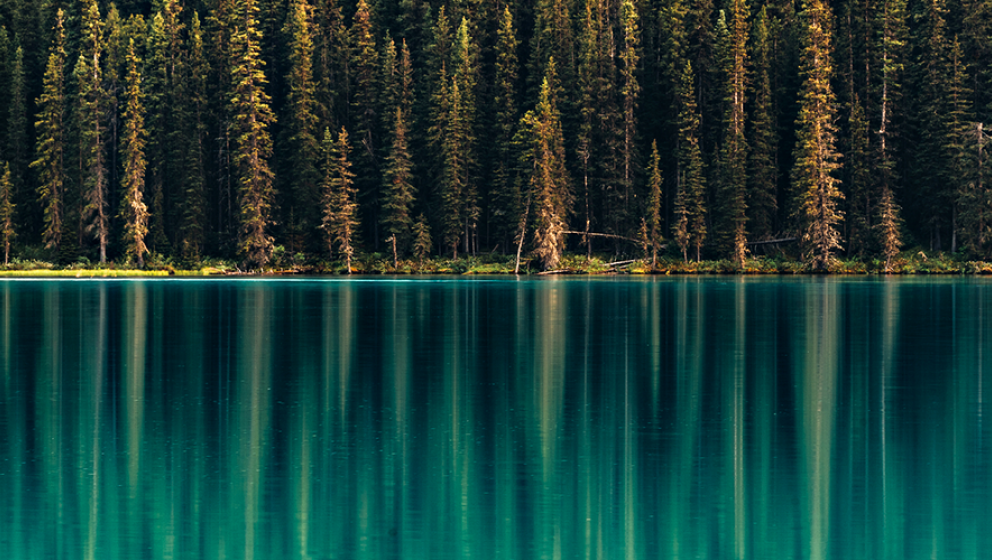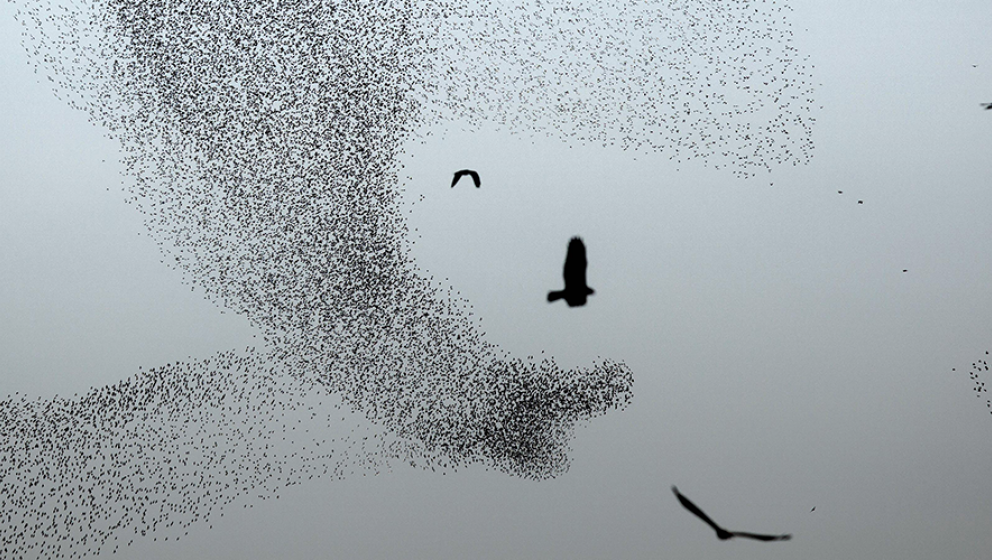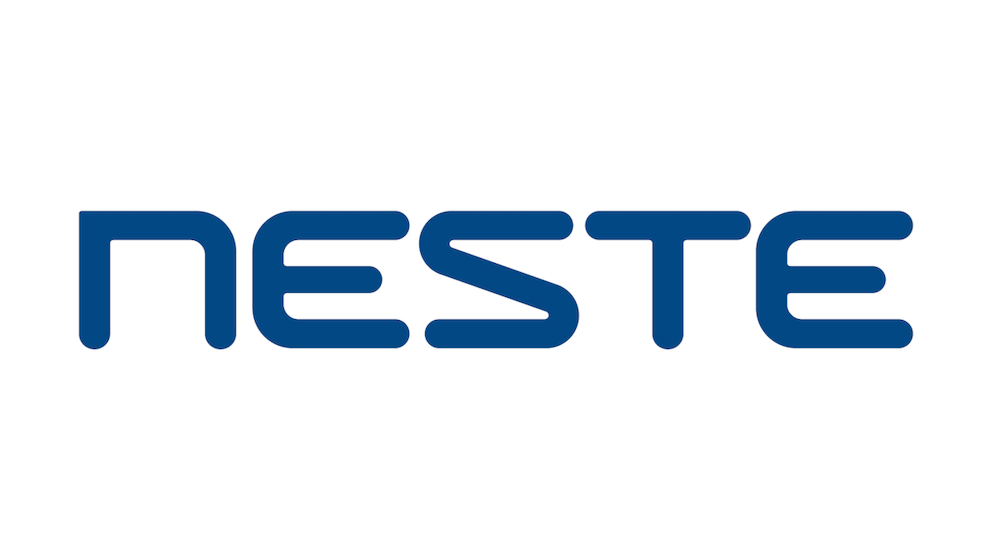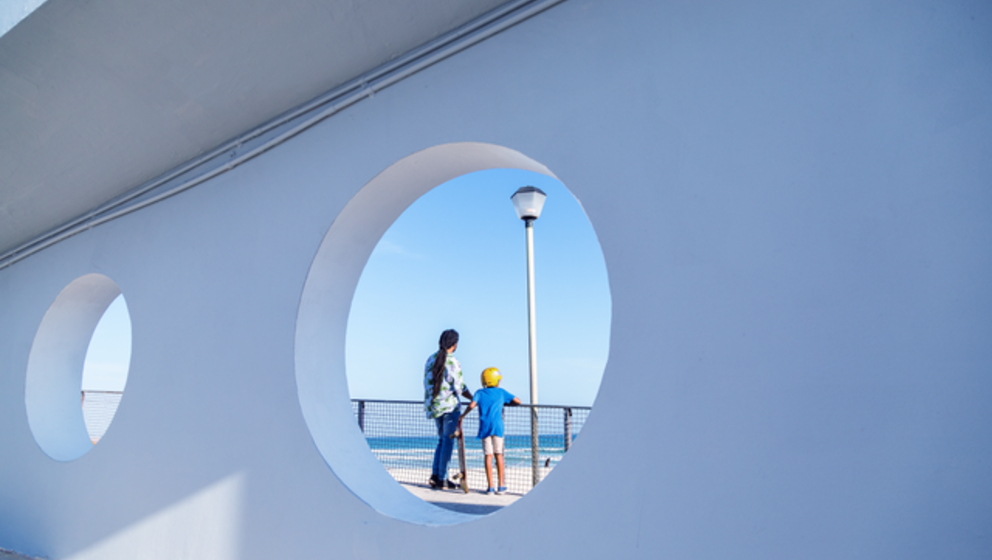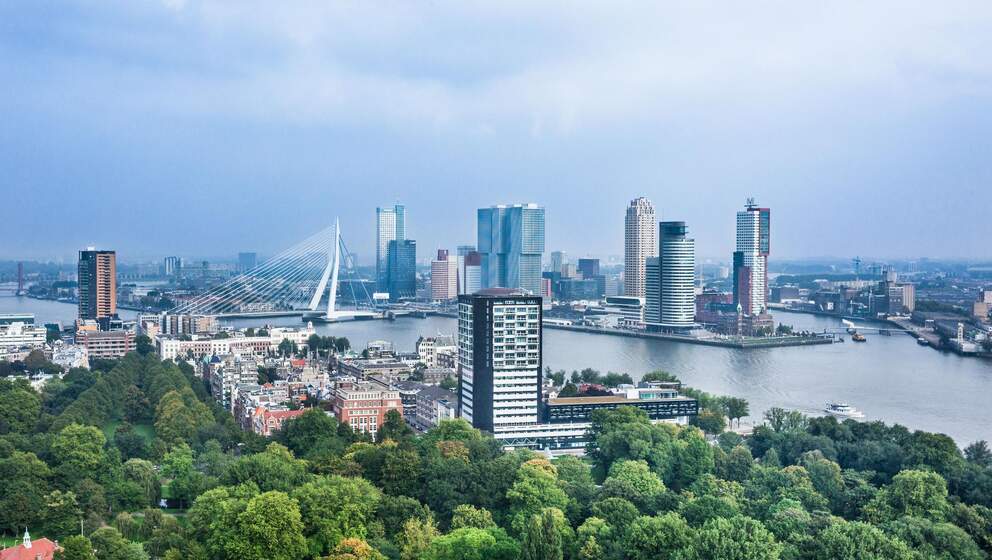The Brave and the Innovative: Future builder Outi Ervasti
Pictures: Marko Rantanen
As the global race to replace fossil fuels gains urgency, Outi Ervasti is building a team of visionaries to find the solutions that will help us all win. A road warrior, a ferocious optimist, and a manager who wants to ‘help people shine like jewels’, she and her team just might change the future as we know it.
A jolting six-hour car journey into the jungles of Maharashtra, India’s most industrialized state on the nation’s western coast – and a bedfull of mice – changed how Outi Ervasti thought. Now Vice President for Renewable Hydrogen and PtX at Neste, she was then running her own consulting company, Vision Hunters, traveling the world advising companies in the pulp and paper industry.
“The factory was situated very far from big cities, and it was surrounded by a jungle, where there were tigers, poisonous snakes and some bandits,” recalls Ervasti. “But the Indian factory compounds can be very comfortable and also provide a guarded settlement for the engineers who work there, as well as their families.” On a client’s behalf, she spent a week there, going through their accounts to determine the plant’s current status and future prospects.
Shown to her room for the night, Ervasti – no stranger to challenging global business travel – pulled back the sheets to find ten mice staring up at her.
“I started screaming,” she recalls, and a staff member came running – not to kill the animals but tossing them into an adjacent room, alive, since Hindu culture reveres all life. Typical of her curiosity and lifelong interest in how differently others can see the same problem, Ervasti came home – and read a biography of Mahatma Gandhi.
“I realized how his philosophy was connected to the Hindu thinking of respecting life, also other life than that of human beings. Looking back, this incident was one of the greatest learnings in my life, and I thank the Indian mice for that!”
The path to a future with renewables
A road warrior who has managed projects in more than 30 countries, Ervasti is clearly a global adventurer, a leader not easily rattled. In her groundbreaking and highly innovative role at Neste, she’s now building a team of visionaries like herself, people of all ages and backgrounds as eager as she is to create a cleaner, more efficient and more sustainable way to mitigate climate change. The team is developing uses for renewable hydrogen and an exciting new solution to help produce renewable energy called power-to-X.
“Replacing fossil fuels with renewables is one of the greatest challenges facing mankind”
“Replacing fossil fuels and petroleum-based products with renewables is one of the greatest challenges facing mankind,” says Ervasti. “There is no single solution to this problem, partly because the scale is so vast. In addition to direct electrification, other solutions are being pursued, such as producing fuels and materials from forestry residues, waste or algae to substitute the current volume of petroleum-based fuels powering the world.”
As Ervasti explains, the power-to-X technologies enable the conversion of renewable electricity into hydrogen, other fuels and even chemicals, helping to solve the dilemma of storage of renewable electricity. The key technology is electrolysis, where hydrogen is produced from water using electricity by splitting water molecules. When using electricity from renewable sources, such as wind or solar power, the technology can be used to produce renewable hydrogen.
Interest towards power-to-X solutions is vast, since the technology can enable us to convert fully to renewable energy, with minimal changes to existing transport, heating and industrial infrastructures. And by using industrial CO2 emissions as feedstock, power-to-x technologies can help turn a problem into a solution.
Renewable hydrogen shows additional promise as well. “Hydrogen is used in large quantities in many industries, e.g. oil refineries to process fuels. A common way to produce hydrogen has been to produce it from natural gas and water in high temperatures. This produces, in addition to hydrogen, also carbon dioxide, so it has led to carbon emissions.” By using renewable hydrogen made with electrolysis instead of hydrogen made of natural gas it’s possible to avoid considerable CO2 emissions, so a direct environmental benefit.
But in addition, renewable hydrogen is also seen as a fuel itself. “There’s potential in heavy duty transport,” Ervasti adds.
Needed: patience and unyielding optimism
Ervasti’s ongoing work, being so future-oriented, demands an unyielding optimism – as the widespread commercial use of these technologies needs another decade in which to reduce its costs and increase its efficiency.
Ervasti hires carefully, her management style echoing Neste’s: diverse, mutually respectful, collegial and ideas driven.
“I network with people from other Neste business units so I am not working in a silo,” Ervasti says. “In a big company [Neste has 4,400 employees] you have to network to get things done, to produce. Production of renewable hydrogen and synthetic fuels are still in a pre-commercialization phase, so in addition to technology experts I also need business development people who can envision opportunities and not only risks. This is what you need when you build the future.”
Heavy monetary investments are necessary to develop the sustainable solutions of the future. “You have to buy the entry ticket – invest in R&D, start the pilot plans and build demonstration plants. These are expensive endeavors, and it takes time, maybe another decade, for the applications to develop to enable cost-competitive production to mass-market. But I think both time and money are well spent here.”
One of these projects, in a pilot phase, is the production of renewable hydrogen in a Neste manufacturing plant in Rotterdam, a project Neste is conducting together with Sunfire, Paul Wurth, Engie and CEA.
“People are brilliant, like jewels. Your job is to let the jewels shine.”
“One of the challenges all companies now face is to create a diverse workforce,” Ervasti says. “At Neste, we recruit based on talent and the promise we see in them, regardless of age or race or religion. I am really proud of this at Neste. Our people are brilliant, like jewels. Your job is to let the jewels shine.”
Ervasti’s passion for teamwork means she does her best to support them. “That’s very very important to me. Many places are much more hierarchical, but in my team we are all equal when facing the problem. What matters is what’s between the ears.”
Even younger team members are initially dubious – a vice-president who really wants their opinions? Yes, she says, and means it. “Once they realize this, they relax. Even young people, when they see that they can express an opinion and contribute, they get motivated. I require seamless cooperation. I am extremely tough on that.”
A loving support figure, familiar with loss herself
Voraciously curious, and a lover of language who speaks Finnish, Swedish, English, German and Spanish, Ervasti originally wanted to become a journalist. She was editor-in-chief of her high school newspaper and won acceptance into a university journalism program so competitive it denied 97 percent of applicants. But, quickly disillusioned by what she saw there, she switched to political science, then business and marketing.
Ervasti’s father was a bank director and her mother was educated as a pharmacist, but she stayed at home as a housewife. Neither of them encouraged a woman having a career in business, so Ervasti had to forge her own path.
“I went to school in a small Eastern Finnish town called Mikkeli. It was middle class, but we had very good schooling”, she recalls, with former classmates who later became an EU commissioner and female CEOs. “We had good support and a wonderful education. It was a good childhood.”
But Ervasti was also much affected by a chronically ill brother, two years younger, who died at 39. “My brother’s illness was a continuous source of stress for me. We had a kind of façade saying: ‘Everything is fine.’ It was really, really hard. But life is like that.”
Friends gratefully praise Ervasti’s loving support, having faced her own pain and loss. One friend of 17 years, Kaija Niku, recalls: “I had health problems and I needed to go to the hospital. The evening before, Outi came to visit me and brought me a beautiful big scarf that I then wore the next morning. I felt so much better. The scarf is still a very precious gift for me.”
And friends and colleagues alike enjoy Ervasti‘s unusual mix of analytical businesswoman and lively, outgoing adventurer: donkey-riding in Morocco, hiking in Lapland and Spain and as an excited new choir member whose performance moved listeners to tears in a recent concert.
A global sustainable energy ambassador seeking partners worldwide
Before joining Neste in 2013, Ervasti took many career risks. She co-founded Vision Hunters in 2008, a year of terrible global recession. In 2002, she worked all over the world – Brazil, China, Russia, New York – including one exhausting journey non-stop from Russia to Singapore to Shanghai; feeling dizzy, she discovered she was pregnant with her daughter, Enni, now 16. The relentless travel took a toll on her marriage as well, and Ervasti and her husband divorced.
What affected Ervasti’s decision to join Neste? “The company is genuinely developing sustainable solutions in bio and circular economy, and that coincides with my professional interests and passion,” she says. “In a big company you have a chance to do big things, if you play it right.”
As leader of her Neste team, and as soon as the pandemic allows, she is eager to get back out into the world and share Neste’s plans. “It’s part of my job. It’s part of my dream.”
Before it was companies saying ‘How can I make money? Now it’s ‘how can WE make money?’
In the renewable hydrogen and power-to-x business landscape, new types of value chains and global cooperation networks are forming. “I am working on screening cooperation possibilities with other industry players”, Ervasti says. It is not only about finding potential partnerships for Neste, she needs to ‘build ecosystems between companies and the public sector’, where companies find each other and find ways to build and develop these technologies and solutions together.
“It’s one of my tasks to screen these opportunities and alternatives for Neste. Before it was companies saying ‘How can I make money?’ Now it’s ‘how can we make money?’”
Motivated by a lifelong commitment to smart sustainability solutions
Deep into her career, Ervasti still exudes the passion and excitement of a fresh graduate, inspiring her team and her co-workers.
Suvi Kurkijärvi, Business Development Manager Innovation, Renewable Hydrogen and Power-to-X, says: “We had a very complex project where it was difficult to define a suitable framework and realistic targets. Outi took a look at the multiple open questions and said with a smile: ‘This is how we'll do this!’ Then she used her project leading skills to define the scope, identify the right resources, and divide the work into smaller streams that were much easier to approach.”
Ervasti’s projects demand collaborating with other companies and governments, while making initial investments to test and demonstrate new technologies. “It’s costing tens of millions of euros as investments by Neste and other companies, and that’s only the entry ticket. So we need collaboration and support. The EU has some support programs as the work that’s being done to develop power-to-x and renewable hydrogen technologies are such important steps towards a carbon neutral economy, so there is a very strong political willingness.”
“If I can do a tiny little piece to help heal the planet with the means that I have available, I will have achieved my goal”
“There’s a lot of interest in these projects now, and in the energy sector in general. But we have to work to make the solutions economic and viable. And we have a big job to do in spreading the word. We are only at the beginning of this journey.”
Ervasti’s optimism, tempered by business realities, informs her work every day.
“I have been a part of the effort to help the world transition to carbon neutrality,” she says. “If I can do a tiny little piece to help heal the planet with the means that I have available, I will have achieved my goal.”
Caitlin Kelly is an award-winning journalist and author whose work has appeared in The New York Times, Washington Post and Wall Street Journal.
Innovation at Neste
We continue to work towards increasing the availability of renewable and recycled raw materials while also developing technologies to diversify our current raw material portfolio even further from what it is today.

